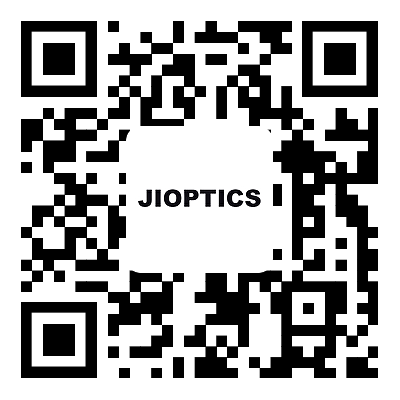Common application fields of laser displacement sensors
2023-11-08
Laser displacement sensor is a commonly used measuring instrument, mainly aimed at measuring physical quantities such as length, distance, vibration, velocity, orientation, etc. It can also be used for flaw detection and monitoring of atmospheric pollutants. Laser displacement sensors have various advantages such as accurate measurement, wide measurement range, easy maintenance, and strong durability, and are widely used in multiple industries. Today, we will mainly introduce the common application fields of laser displacement sensors, which can help you understand the specific application situation of laser displacement sensors.
1. Size measurement: position recognition of small parts; Monitoring of parts on the conveyor belt; Detection of material overlap and coverage; Control of the position of the robotic arm (tool center position); Device status detection; Detection of device position (through small holes); Monitoring of liquid level; Measurement of thickness; Vibration analysis; Collision test measurement; Automobile related tests, etc.
2. Thickness measurement of metal sheets and thin plates: Laser displacement sensors measure the thickness of metal sheets (thin plates). Detecting changes in thickness can help detect wrinkles, small holes, or overlaps to avoid machine malfunctions.
3. Measurement of cylinder barrel, including angle, length, eccentricity of inner and outer diameters, conicity, concentricity, and surface profile.
4. Inspection of filling level on the production line: The laser displacement sensor is integrated into the production and manufacturing of filled products. When the filled products pass through the sensor, it can detect whether they are fully filled. The sensor can accurately identify whether the filling of the filled product is qualified and the quantity of the product by using an extended program that reflects the surface of the laser beam.
5. Inspection of electronic components: Use two laser scanners to place the tested component face to face, as shown in the figure below. Place the measured component between the two, and finally read the data through the sensor to detect the accuracy and completeness of the component's size.
6. Uniformity check: Place several laser sensors in a row in the inclined direction of the workpiece movement to be measured, and directly output the measurement value through one sensor. Additionally, a software can be used to calculate the measurement value and read the result based on the signal or data.
7. Measurement of length: Place the measured component on the designated conveyor belt, and the laser displacement sensor detects the component and measures it simultaneously with the triggered laser scanner to obtain the length of the component.

JIOPTICS laser rangefinder module has the advantages of high quality, great performance, small size, low power consumption, etc. Its professional knowledge and cutting-edge technology provide you with solutions for different measuring distances from 1km-300km.
In the past 10 years, we have provided reliable range finder solutions for different types of companies, which are widely used in the integration of unmanned aerial vehicles, artillery, aircraft, ships, thermal imaging and other systems. Strong scientific research capabilities provide OEM/ODM customization services for you. If you need customization, we will be your reliable partner.



